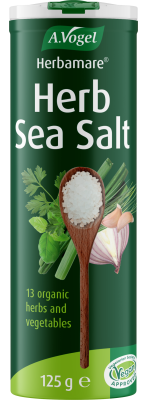Whether you're a seasoned gardener or a complete beginner, turning your rooftop into a green haven can provide fresh produce, reduce your carbon footprint, and give you a calming retreat just a few steps away.
Why Choose a Rooftop Garden?
Rooftop gardens offer several benefits:
Fresh herbs and veg at your fingertips
Improved insulation for your home or business, reducing energy bills
Enhanced biodiversity with pollinator-friendly plants
Reduced rainwater runoff, helping manage drainage
A peaceful, green space to relax in
Is Your Roof Suitable?
Before you start, consider the following:
Check structural integrity: Can your roof support the weight of containers, soil, and water? Consult a professional if in doubt.
Access and safety: Ensure safe access and install railings if needed.
Sun exposure: Most vegetables and herbs need 6–8 hours of sunlight a day. South-facing roofs are ideal.
Drainage and waterproofing: Protect your roof surface from water damage by using trays, liners, or raised beds with proper drainage.
Best Herbs and Vegetables for Rooftop Gardens
Start with easy, compact, and high-yield plants:
Herbs: Basil, thyme, rosemary, mint, chives, coriander, parsley
Leafy greens: Lettuce, spinach, rocket, kale
Fruit and veg: Cherry tomatoes, radishes, chillies, dwarf courgettes, strawberries
Climbers: Beans, peas, cucumbers – train them on trellises or railings
Setting Up Your Rooftop Garden
Plan your layout
Sketch out a plan. Include containers, walkways, seating, and trellises. Use vertical space to maximise growing area.
Use lightweight containers
Opt for fabric grow bags, plastic pots, or raised beds made from recycled materials. Make sure they have drainage holes.
Choose quality soil
Use a lightweight potting mix with added compost. Avoid heavy garden soil which can compact and become waterlogged.
Water wisely
Install a water butt connected to a downpipe or use a long hose from indoors. Consider drip irrigation or self-watering pots to reduce the need for daily watering.
Add wind protection
Rooftops can be breezy. Create shelter using mesh screens, trellises, or windbreak plants like dwarf shrubs.
Grow with the seasons
Rotate crops with the seasons and try hardy winter greens or install a mini cold frame to extend your growing period.
Make it a haven
Add fairy lights, solar lanterns, or a small table and chair set for the ultimate rooftop escape.
Final Tips
Label everything – it’s easy to forget what you planted.
Start small and build up each year.
Join an online gardening group for support and advice.
Celebrate your harvest! Even a handful of fresh basil or home-grown salad leaves can be immensely satisfying.
Creating a rooftop herb and veg garden is a rewarding way to green your space, feed your household, provide your restaurant with fresh produce and make the most of an underused part of your home or business. So roll up your sleeves and get growing—your rooftop is waiting.







.jpg)
.jpg)











